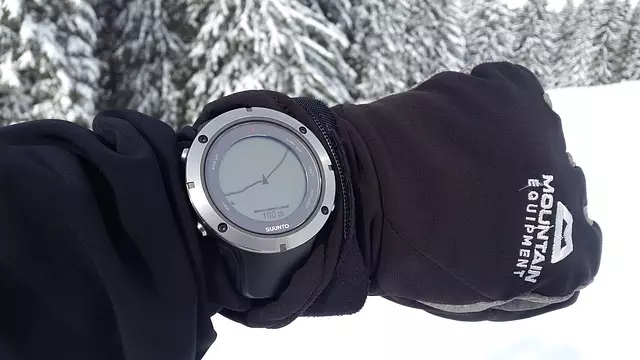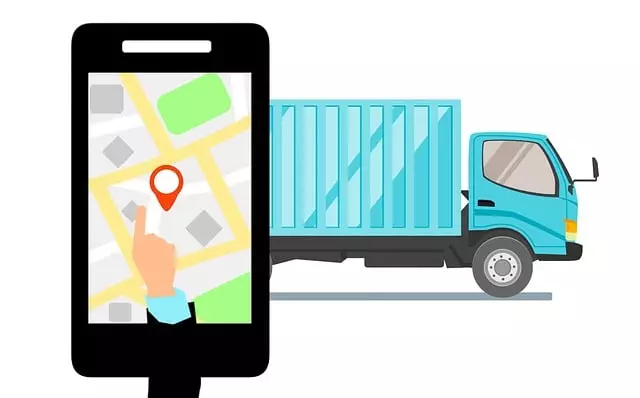Vehicle infotainment systems in Toledo have evolved with GPS navigation as a core feature, offering drivers enhanced location services and app integration. DIY GPS installations are cost-effective but require technical knowledge, while professional services provide superior performance, easier updates, and cleaner setups. Modern systems use Android or iOS platforms for mapping apps with real-time traffic updates, transforming driving into a connected experience. Choosing between DIY or professional installation depends on skill level; both options ensure improved navigation, safety, and time savings during commutes in Toledo's complex road network.
In today’s digital era, vehicle infotainment systems have become an integral part of modern driving. Understanding these systems and their seamless integration with GPS navigation is key to enhancing your driving experience in Toledo. This article delves into the benefits of a GPS navigation system installation, explores DIY vs professional options, and examines how this technology revolutionizes mobility and safety across the city. Whether you opt for a do-it-yourself approach or seek professional assistance, GPS integration promises a smarter, safer journey.
- Understanding Vehicle Infotainment Systems: A Gateway to Seamless Integration
- Benefits of a GPS Navigation System Installation: Enhancing Your Driving Experience
- DIY vs Professional GPS Installation: Weighing the Pros and Cons
- The Impact of GPS Integration: RevolutionizingToledo's Mobility and Safety
Understanding Vehicle Infotainment Systems: A Gateway to Seamless Integration
Vehicle infotainment systems have evolved from mere entertainment centers to sophisticated hubs that integrate driving and technology seamlessly. At their core, these systems include features like GPS navigation, music streaming, smartphone connectivity, and voice commands, all designed to enhance the driver’s experience. For instance, a DIY GPS installation in a Toledo can be a cost-effective way for car owners to add this crucial feature without professional help. However, for those seeking advanced functionality or a more integrated approach, professional GPS installation offers benefits such as superior performance, easier updates, and a cleaner dash setup.
Understanding how these systems work is key to successful integration. A GPS navigation system installation, whether done by an owner or a professional, requires compatibility with the vehicle’s architecture. Modern infotainment systems often use Android or iOS platforms, allowing for easy app integration. This includes mapping applications that can provide real-time traffic updates and turn-by-turn directions, ensuring drivers always have the most efficient and safe routes available to them. The seamlessness of this integration is what truly transforms driving from a mundane task into an enjoyable, connected experience.
Benefits of a GPS Navigation System Installation: Enhancing Your Driving Experience
Installing a GPS navigation system in your vehicle offers numerous advantages that can transform your driving experience in Toledo. One of the key benefits is improved navigation accuracy and efficiency. With real-time updates, turn-by-turn directions, and precise mapping, you’ll never get lost again. Whether you’re navigating unfamiliar routes or exploring new neighborhoods, a GPS system provides reliable guidance, ensuring you reach your destination safely and on time.
Additionally, these systems provide more than just navigation. They often include features like traffic alerts, weather updates, and points of interest (POI) search, enhancing your overall driving experience. With the option for DIY installation or professional services available, getting a GPS navigation system is accessible. For those who prefer hands-on projects, there are many resources and tutorials to guide you through the process. Alternatively, turning to professionals ensures a seamless, error-free setup, allowing you to focus on enjoying your improved driving experience.
DIY vs Professional GPS Installation: Weighing the Pros and Cons
When it comes to installing a GPS navigation system in your Toledo vehicle, there are two primary options: doing it yourself (DIY) or enlisting professional services. DIY installation can be appealing due to cost savings and the flexibility of installing the system at your own pace. However, it requires a good understanding of automotive electronics and may lead to complications if not done correctly. Inaccurate mapping, faulty signals, or even voiding warranties are potential drawbacks.
On the other hand, professional GPS installation offers peace of mind. Experts in this field have the necessary tools and expertise to ensure a seamless fit without causing any damage to your vehicle. They can also provide valuable insights on the best system for your needs, integrate it with existing infotainment features, and offer post-installation support. While there’s a cost associated with professional services, the benefits of expert craftsmanship and potential long-term reliability make it a compelling choice.
The Impact of GPS Integration: RevolutionizingToledo's Mobility and Safety
The integration of GPS (Global Positioning System) technology into vehicle infotainment systems has brought about a significant transformation in how we navigate and interact with our surroundings, especially in cities like Toledo. With a DIY GPS navigation system installation or a professionally fitted one, drivers can now access real-time location data, turn-by-turn directions, and traffic updates seamlessly. This enhances both mobility and safety for residents and visitors alike.
GPS integration offers a range of benefits, from providing accurate and efficient routes to saving valuable time during daily commutes. It also aids in preventing accidents by alerting drivers to potential hazards, construction zones, or sudden changes in traffic flow. For those who reside or travel through Toledo, having a well-installed GPS navigation system is not just a convenience but a crucial tool for navigating the city’s ever-changing road network effectively and securely.


